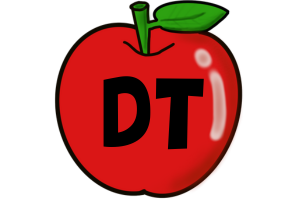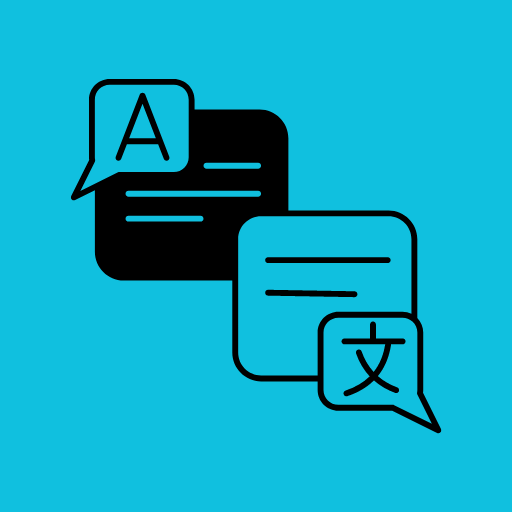Grammar and sentence correction is an important part of the ESL exam. You can be asked to spot the errors in sentences and rewrite correcting the mistakes. One such possible question is correcting the emails. This type of questions is aimed at testing your grammar and sentence formation skills. You can easily prepare for such questions with some simple exercises.

Today, we discuss some of the interesting and easy eMail correction exercises that help you practice for your English language test in a fun and exciting way.
Correct The Email Examples – Example 1
Subject: meeting for the new project
Dear Team,
I hope your doing well. We need too organize a meeting next week to discussion the new project. We wants to start on June 10th, but we need to agree on the detail. Its important for everyone to be on same page.
Please to confirm your availability on June 5th or 6th. If these dates are not conveniences for you, we could consider alternative dates. Our main goal is to ensure everyone have the information they need and understand their responsibilities.
We are also need to designate someone as the project lead. If your interested, please let I know.
Finally, please bring any questions or concerned you have to the meeting.
Looking forward to your response.
Best, [Your Name]
In this email, you will find errors in subject-verb agreement, use of prepositions, wrong verb tenses, incorrect pronouns, incorrect adjectives, and missing articles, among other common mistakes. The students’ task is to correct these errors.
Correct The Email Examples – Example 2
Subject: Changes in our office schedule
Hello Team,
I’m writing to inform you of a several important changes in our office schedule. Starting from next week, our work day will be begins at 9:30 am instead of 9:00 am. This decision was took after discussing with the management team and we think this will allow everyone to avoid peak traffic hours.
Also, lunch hours has been extended by 15 minutes. All employees is now entitled to a 1 hour and 15 minute lunch break. We hope that this extended break can help everyone refresh and be more productive in the afternoon.
In addition, we have implemented a flexible work from home policy. Employees can chose to work from home two days a week. If you decides to avail this, please let your manager knows in advance.
Please note, these changes doesn’t affect the total working hours. If you have any doubts or suggestions, feel free to reach out to us.
Best regards, [Your Name]
In this email, there are mistakes relating to verb tense, subject-verb agreement, plural and singular forms, past participle use, article use, verb forms, and spelling. Students should identify and correct these issues.
Correct The Email Examples – Example 3
Subject: request for proposal and informations
Hello Mr. Smith,
I hopes this email finds you in good health. My name is Jane, I’m a Project Manager at XYZ Company. We has heard a lot about your company’s expertise in the field of renewable energy solutions and we are interesting in discussing potential collaborations.
Our company plan on installing a solar power plant and we are currently in the initial stage of identifying the right partners. We had read about your recent project in Arizona, and was very impressed. Could you sends us more detailed informations about that project, like the capacity, implementation period and costs involved?
We are also curious about the maintenance and after-service support you provide. Could you possibly outline how you cater to these needs in your previous projects?
One more thing, what is the timeline you would needs if we proceed to the project around August this year?
Thank you for taking the time to read this email. I’m looking forward for your response.
Best, Jane
In this email, there are errors related to subject-verb agreement, verb tense, prepositions, plurals, articles, adjective use, possessive adjectives, and formal tone. The challenge for students is to find these mistakes and revise the email for clarity and correct grammar.
Correct The eMail Exercise
Formal and informal emails are important in everyday communication. Every professional should know the format and content of a business email. In addition to this, it is quite important to construct such formal emails without any grammar or sentence formation mistakes.
Most language tests can include questions about email correction in the writing section to assess your skills. Correct the eMail exercises can help you practice email correction and prepare yourself or your students appearing for the ESL or FCE certifications.
You can use the ready-made exercises available on the internet or make your own practice exercises to teach how to correct the eMail. Different types of correct the email exercises would help students understand the common mistakes in emails and their corrections to be able to answer such questions correctly in the tests.
Easy eMail Correction Exercises
There are many easy email correction exercises that help practice correct the email questions. Formal and informal letters, business letters, request applications and other emails can be given to the students with some errors. The email text can contain spelling and grammar mistakes that the students should spot and correct.
Another effective way to practice email correction is giving a text from emails with words which can be often confused for one another. You can add related words and phrases and students choose the best fitting option to make the sentence and email correct. An example of such words is the use of ‘sorry, regret, apologize’. The entire text can contain such options in different sentences and students can choose and learn the right words in the context.
eMail Writing Practice Exercises
Email writing exercises are helpful at teaching the essentials and components of different types of email letters. Depending on the level of students, these exercises contain various tasks to help students understand how an email is written. These practice exercises also teach how to avoid common email mistakes.
Emailing Phrases Identification
The teacher can make a list of common phrases used in writing formal emails and dictate one by one to the class. The one who can identify the informal or wrong phrase from a group of phrases can rush to speak the answer.
Convert Informal into Formal
Students are given some formal email sentences which they should transform into more formal without making any grammar or formation mistakes.
eMail Writing Exercise
The teacher can give different topics to the students to write formal email letters in 50-60 words with some of the parts of the email already written for them. They can get clues for the part they need to write.
Common eMail Errors Pairwork
In this exercise, students work in pairs. For different parts of the business letter, the teacher gives a few options out of which only one is acceptable and others are wrong. Students guess the right option for each part and come up with the entire business email. The teacher can check if it is correctly done. The parts can be ‘opening greeting’, ‘opening line’, ‘finding attachment’, ‘requests’, ‘closing line’, ‘closing greeting’, etc.
Email Paired Sentence Identification
Students are given some pairs of sentences commonly used in emails. They should find the difference between each pair of sentences and identify which of the two is correct. One out of each pair has 1-2 mistakes.
Business eMail Practice Exercises
Writing business emails is different than casual emails. Practice exercises can help students understand how exactly a business email is crafted for various topics and messages. Here are some of the easiest business email practice exercises to consider.
Mistakes with eMail Paragraphing
The students get a set of email texts and they should find which of them have correct paragraphing. You can have multiple correct and multiple wrong paragraphing emails. The problems can be with the opening line, closing line or the body of the email.
eMail Errors Team game
The teacher gives an email text to all the students and everybody tries to find the error in the email. Whoever finds it quickly can raise the hand and speak out what the mistake is. Other students and the teacher can agree or disagree with the answer. If the answer is correct, he gets one point and the game continues with other texts. If the answer is wrong, others can raise their hands.
eMailing Functions Correction
Students work in pairs to find errors from a set of phrases they are given. These are common phrases used in formal and informal emails. Each of the phrases can have one error that students find. This way, they learn the correct use of these phrases constituting most emails. Once the activity is completed, the teacher checks the answers as a class.
Another part of this exercise is to match the phrases with their functions in the email. Again, the answers can be checked and the students can be asked to write sentences for each of the functions. The original phrases can be used as they are or changed a bit as long as they fulfil the function in the sentence.
ESL eMail Templates
ESL students should know how to write casual and professional emails that convey the right message in the right tone. Email lessons can not only teach the students how they can write formal and informal email letters but also other topics like differences between personal and professional language, sentence formation, usage of verbs and tenses.
ESL email templates provide an easy way to teach students how to write the perfect emails. These templates contain example emails and the different parts of formal and informal emails to help students get started with writing emails. Templates are printable and contain exercises with missing words and phrases to help them learn how to write the perfect email for a specific subject or request.


